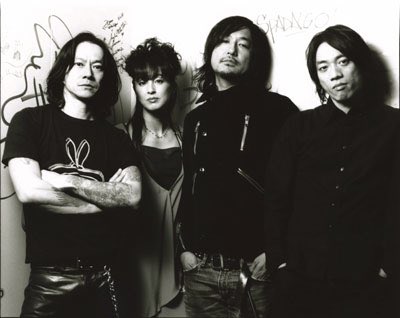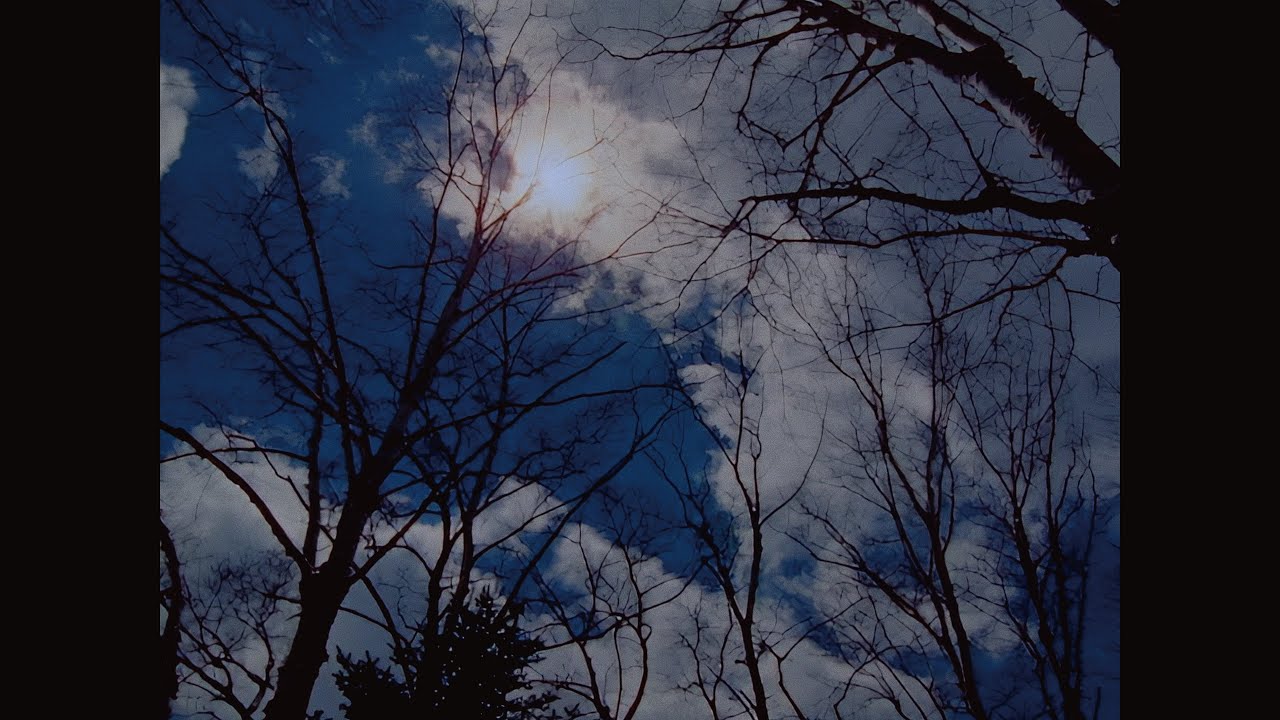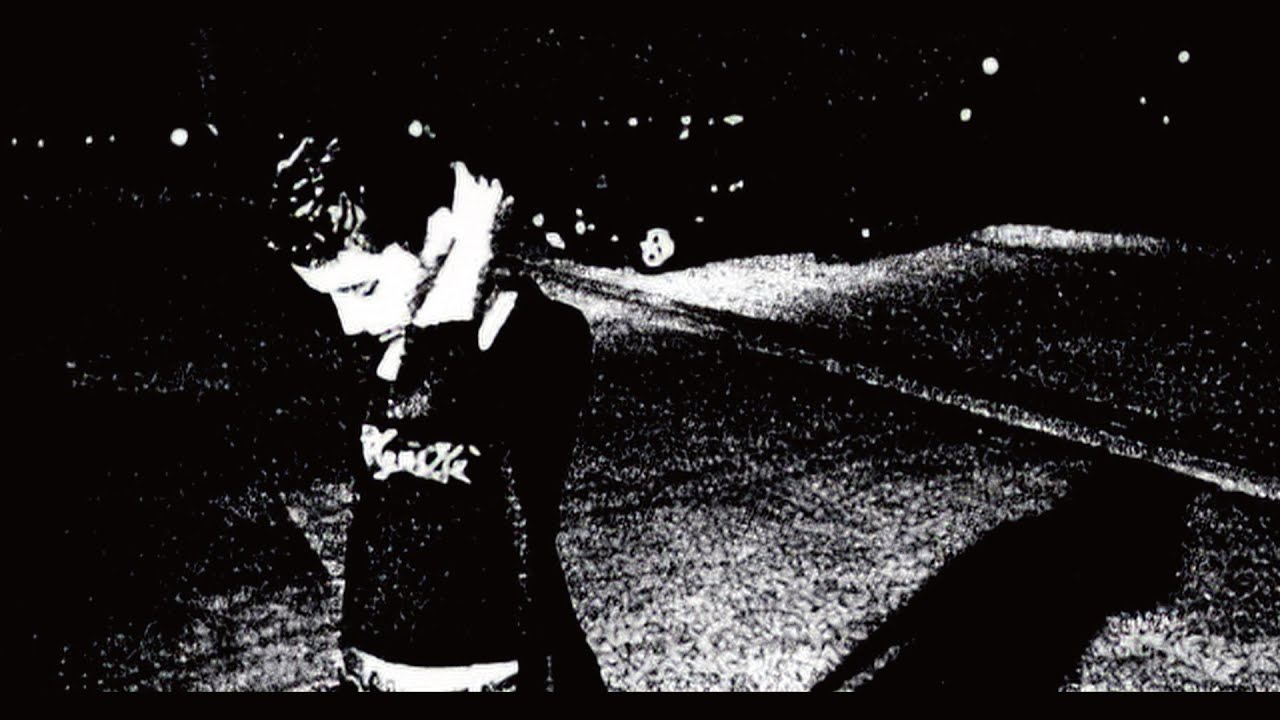Formation and Early Years (1987–1990)
BLANKEY JET CITY was formed in 1987 in Tokyo, Japan, by vocalist and guitarist Kenichi Asai, bassist Toshiyuki Terui, and drummer Tatsuya Nakamura. The band emerged during the tail end of the Japanese punk boom, but they quickly distinguished themselves with a sound that blended punk rawness with bluesy guitar riffs and rockabilly influences. From the start, their style was unmistakably urban and rebellious—infused with gritty narratives and emotionally charged performances. Their early days were spent building a loyal following through live house performances, with Nakamura’s aggressive drumming and Asai’s piercing, soul-drenched voice earning them a distinct identity.
Their breakthrough came in 1990 when they participated in a band audition for a Fuji TV show, which led to a record deal with Toshiba EMI. This set the stage for their major label debut, marking the transition from underground sensations to national recognition. Their ferocity on stage and refusal to conform to commercial J-rock norms gave them a cult-like appeal, particularly among youth disillusioned with sanitized pop acts.
Debut and Rapid Rise (1991–1993)
BLANKEY JET CITY released their debut album “Red Guitar and the Truth” in 1991, an album drenched in stories of juvenile delinquency, love, and rebellion. It was a critical and commercial success, praised for its raw emotional core and minimalist, garage-rock production. Asai’s guitar work combined feedback-heavy solos with slashing rhythm riffs, while Nakamura and Terui formed a tight, instinctual rhythm section. This era saw the band establish its identity as a modern rock band deeply rooted in vintage sensibilities.
Following the success of their debut, they released “Bang!” in 1992 and “C.B. Jim” in 1993, both of which expanded their sound and thematic complexity. C.B. Jim, in particular, was a concept album centered on a fictional character, showcasing their willingness to experiment and deepen their lyrical storytelling. Their music videos and album artwork began incorporating surreal, American-influenced visual aesthetics—greasy diners, burning cars, and outlaw motifs—further cementing their rock ‘n’ roll outlaw image.
Experimental Edge and Critical Peak (1994–1996)
By the mid-90s, BLANKEY JET CITY had become a fixture in the Japanese rock scene, though they continued to push against expectations. Their 1994 album “Metal Moon” leaned heavier into experimentation, infusing jazz and noise-rock elements that showed the band’s evolving creative ambition. The band was growing not only in technical prowess but also in thematic scope, tackling darker, more surreal subject matter with unflinching intensity.
Their 1995 album “Love Flash Fever” marked a dramatic tonal shift—raw, punk-fueled energy collided with heavily distorted blues rock and psychedelic vibes. The band explored themes of broken relationships, self-destruction, and eroticism. At this point, Asai’s vocals became even more emotionally tortured and expressive, while Nakamura’s drumming leaned further into tribal chaos. Critics regard this era as the band’s artistic peak, where their defiance of mainstream expectations was fully realized in sound, style, and substance.
Final Albums and Farewell (1997–2000)
In the band’s final phase, BLANKEY JET CITY continued to challenge conventions while displaying a newfound maturity. “Romance” (1998) and “Harlem Jets” (2000) were less punk-driven and more atmospheric, exploring noir jazz influences, ambient textures, and avant-garde arrangements. Their lyrics retained the emotional weight of their earlier works but began to reflect a more reflective and nuanced worldview, as if the outlaws had grown older, wearier—but no less passionate.
Despite their artistic success, tensions and diverging interests among members began to grow. All three musicians had begun exploring side projects by the late ‘90s—Asai would soon form Sherbets and later Jude, while Nakamura would collaborate with artists like John Zorn and join the experimental rock unit LOSALIOS. Rather than allow internal rifts to sour the legacy, BLANKEY JET CITY announced their disbandment in 2000, bowing out with dignity after a farewell tour. Their final show, held at the Nippon Budokan, was a cathartic celebration of a decade-long reign as Japan’s definitive underground rock heroes.
Legacy and Influence
BLANKEY JET CITY remains one of Japan’s most influential rock bands, revered for their uncompromising spirit and genre-defying sound. Their legacy endures through a generation of musicians who were inspired by their fearless fusion of punk, blues, garage, and jazz—artists such as NUMBER GIRL, Thee Michelle Gun Elephant, and even newer acts like King Gnu have cited them as formative influences. Kenichi Asai, in particular, became a cult figure within the Japanese rock scene, continuing to produce work that channels the restless energy of BJC.
Their refusal to chase pop stardom, paired with intense live performances and poetic lyricism, gave BLANKEY JET CITY a timeless quality. Even decades later, their albums are praised not only for their raw power but for the emotional depth they managed to carve into the framework of punk and blues. They were not just a band—they were a force of nature that embodied the chaos, romance, and rage of being alive in a city that never stops humming.
Lineup (1987–2000)
Kenichi Asai (浅井 健一) – Vocals, Guitar, Primary songwriter
The creative engine of the band, known for his distinct vocal timbre, poetic lyrics, and innovative guitar work. Also a prolific solo artist and leader of projects like Sherbets, Jude, and Piggy Banks.
Toshiyuki Terui (照井 利幸) – Bass
A smooth and inventive bassist who brought deep blues and jazz influences. He later joined the experimental rock band ROSSO and has worked as a producer and solo musician.
Tatsuya Nakamura (中村 達也) – Drums
A powerhouse drummer with roots in punk and hardcore scenes. Known for his explosive, tribal style. After BJC, he played with LOSALIOS, Mannish Boys, and collaborated with avant-garde artists like John Zorn.
Discography
Studio Albums
1.Red Guitar and the Truth – 1991
2.Bang! – 1992
3.C.B. Jim – 1993
4.Metal Moon – 1994
5.Love Flash Fever – 1995
6.Romance – 1998
7.Harlem Jets – 2000
Live Albums
- Live!!! – 1992
- Last Dance (Live at Budokan 2000) – 2000
Compilations
1.The Very Best of Blankey Jet City – 1997
2.Blankey Jet City Best Album “BANG!” – 2000
3.Blankey Jet City: Complete Best – 2003
Video/DVD
1.Blankey Jet City Live at NHK Hall – 1997
2.Shibuya La Mama (1990 Footage) – 1998
3.LAST DANCE: Live at Budokan – 2000
4.Blankey Jet City: Complete Video Clips - 2003



